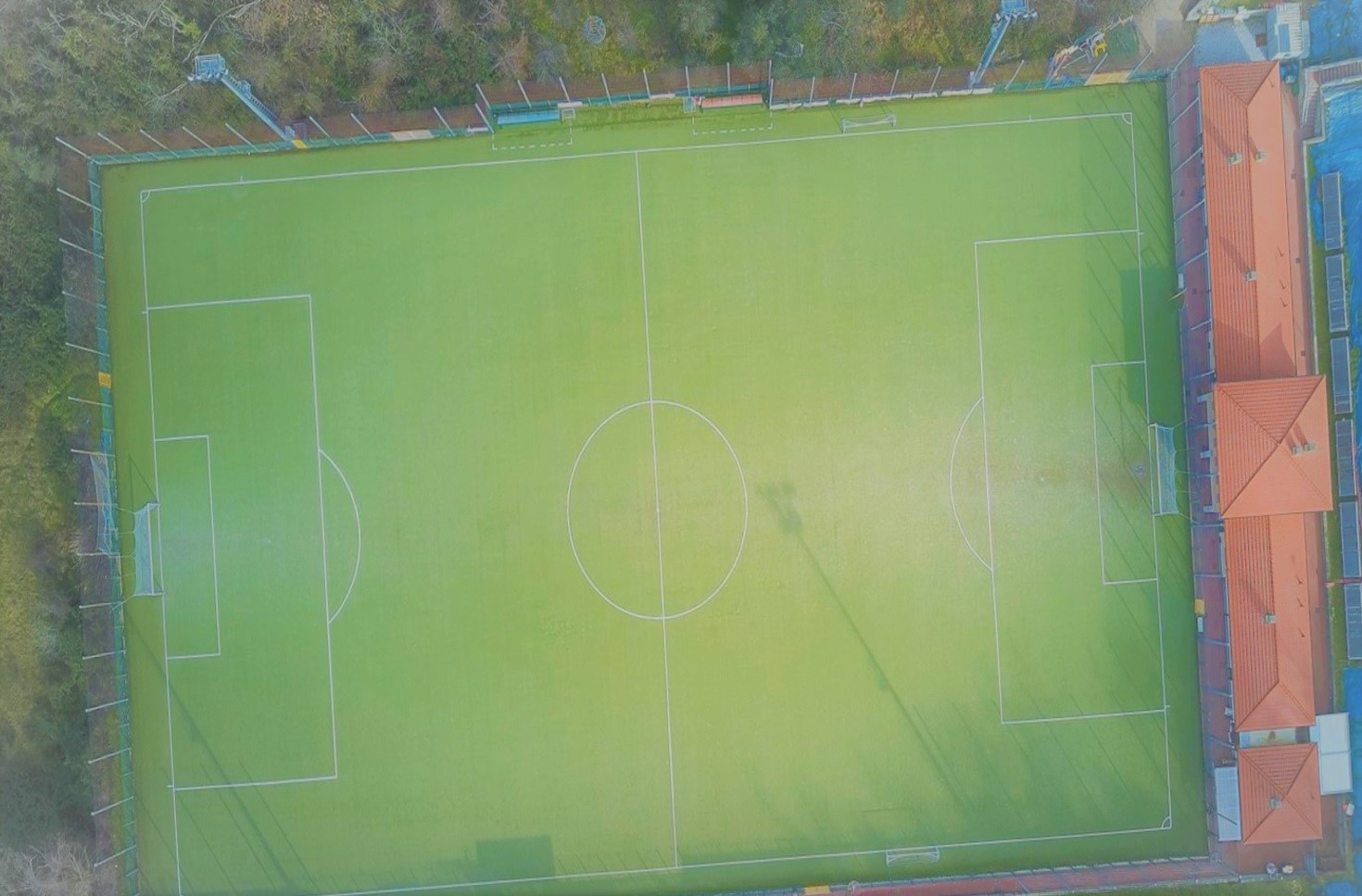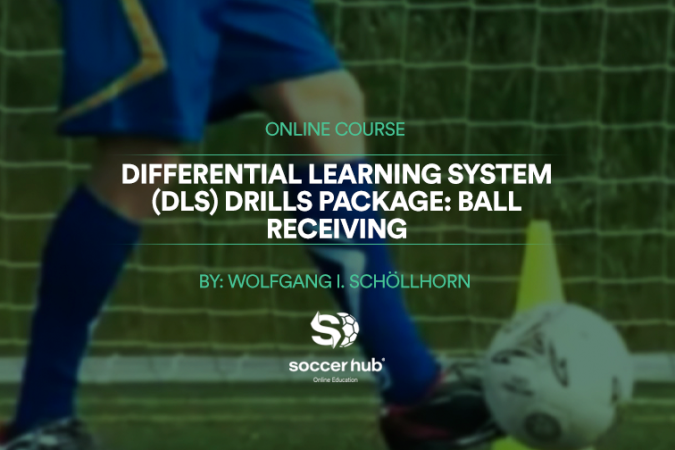

Positional Play – Principles and Explanation
Before we get into more details and start explaining concepts behind positional play, it’s important to clarify and give a brief overview about it, since there’s lots of misunderstanding and misconceptions.
The most common misconception is confusing Positional Play with Possession Play. Although you can use both, they are not obligated to be used together. Saying this, we can play possession without using positional principles, and using positional play don’t obligate you to play possession. (we’ll talk more about your options later).
It’s a game idea to simplify the complexity of the game, using a relationship between positions, spaces and time. Offensively, the objectives are to maintain possession, progress up the pitch, and ultimately score a goal. Defensively, a team wants to regain possession, negate any opposing progress up the field, and deny any goal scoring opportunities.
Usually associate with Possession of the ball – that is used as a tool, but not as a main goal – pretend to promote relationships between players, their positions, spaces (according with the moments of the game), creating/exploration of the superiorities (such as numerical, qualitative, positional, social-affection and kinetic) in a tactical and technical common language inside the team.
We’ll take later about the superiorities, but now we’ll explain more about the principles.
Some conceptual explanation of the principles:
➢It’s possible through a previously defined structure and a series of movements/occupations of space depending on some variables: position of the ball, of the teammates and of the opponents.
➢The build-up is an extremely important moment, since it the players are already separated at different heights of the field.
➢It is essential to have width and depth in the game to be able to activate more pass channels throughout the field and also to spread the rival more on the field.
➢Mastery of the concept of ‘Free Man’ is fundamental to the construction of the game. That player may vary depending on the game situation, or where the ball is on the field. In addition to the creation of triangles, famous in Barcelona de Xavi, Iniesta and Messi, which facilitate the creation and participation of the ‘‘Third Man’’.
Principles of Positional Play
➢Management of Space-Time
➢Travel together
➢Look down the field
➢Find the Free-Man
➢Ball goes to position, and not position goes to the ball.
Read the full presentation HERE
More about Positional Play at:
ONLINE COURSE: Positional Play in Soccer
Leave A Reply Cancel reply
You must be logged in to post a comment.
Categories
Latest Courses
-
9 Lessons
-
1 Lesson
-
6 Lessons
You May Also Like
- Blog
- August 1, 2022
- Blog
- June 3, 2022
- Blog
- May 27, 2022
Developed by Brandit Digital Media Services.






1 Comment
Nice presentation, lots of take aways